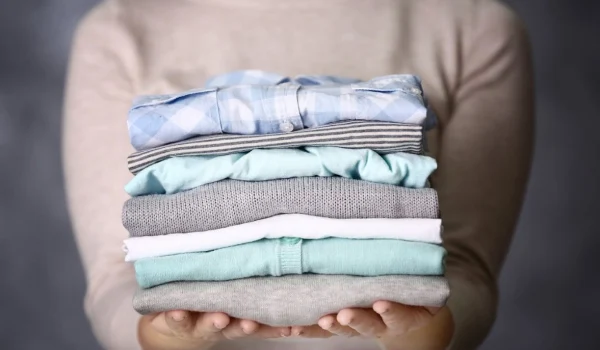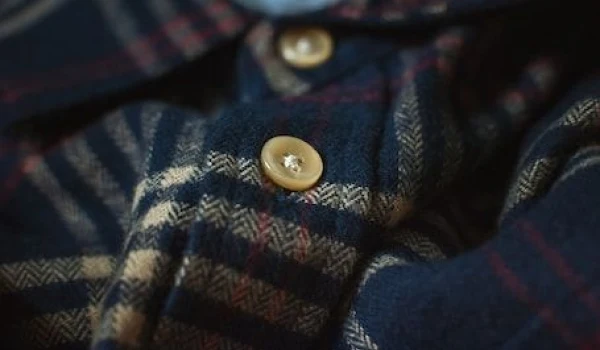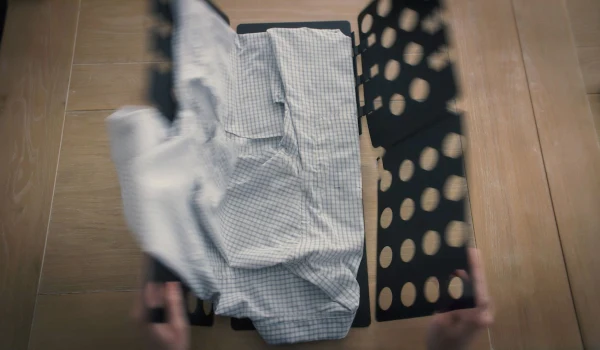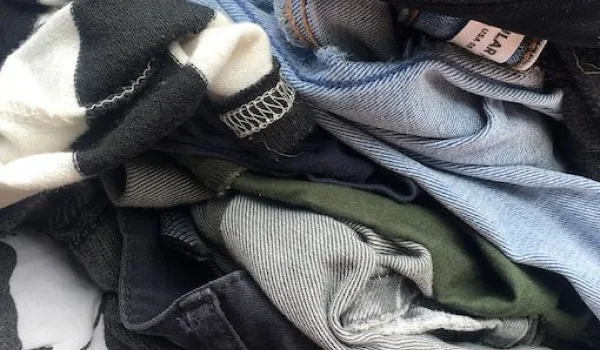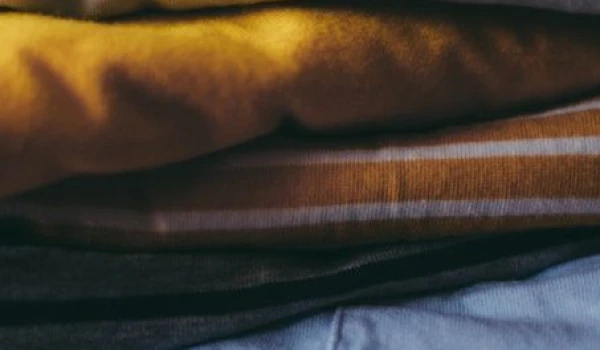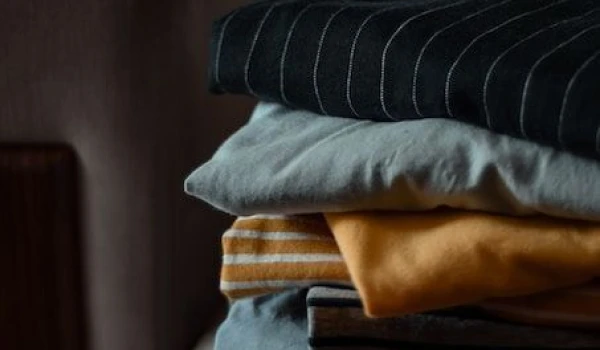
Our guide breaks down what's involved in the dry cleaning process so you can be assured that your clothes benefit from professional attention.
Dry cleaning uses solvents instead of water

Traditional laundry relies on water and detergent to clean clothing. Dry cleaning, on the other hand, is the industry standard of clothing care without the use of water. This specialized process uses chemical solvents to gently and effectively clean fabrics, such as silk, that can't be wet washed. Dry cleaning can also maintain the original texture, shape and color of garments, which might otherwise get damaged when tossed in the washing machine or hung to dry in the sun. After clothes are cleaned, they may go through a post-spotting stage to remove any remaining residue.
For insider tips on selecting the right professional cleaner, consult our guide on what to look for in a laundry and dry cleaning service.
Dry cleaning can tackle stubborn stains that can't be removed with water
Think of dry cleaning as laundry with benefits. A crucial difference between the two cleaning methods is a multi-step process called "pre-spotting"—a professional cleaner may apply a vacuum, steam and heat to prepare stains for cleaning. Not all stains are equal, so it's important that garments are pre-treated according to the type of stain and fabric to avoid more damage to the clothing. If heavy stains like mud or grease aren't properly treated with a stain remover before coming into contact with water, the traditional laundering process might inadvertently set the stain, making it more difficult to remove. As a result, dry cleaning can be an alternative care option for those hard-to-remove stains or inconvenient blemishes on your favorite pieces.
Dry cleaning is suited for sensitive fibers while wet wash methods work for durable materials

As a golden rule, delicate fabrics like silk and wool are best taken care of by dry cleaning. These fragile fibers can shrink or lose their shape when they come in contact with water. On the other hand, durable materials like cotton and polyester can be cleaned through traditional laundering methods without risking any changes.
It's important to note that there are exceptions to the rule. For example, cashmere can be either dry cleaned or hand washed with a gentle laundry soap. See our guide on which pieces can be dry cleaned for further detail.
Both dry cleaning and traditional laundry have their benefits. Understanding the differences between the two clothing care options can help you decide which of your clothes need a professional touch.
Photos: Peter Hershey, Alexxxey / Shutterstock.com, Michal Kulesza




